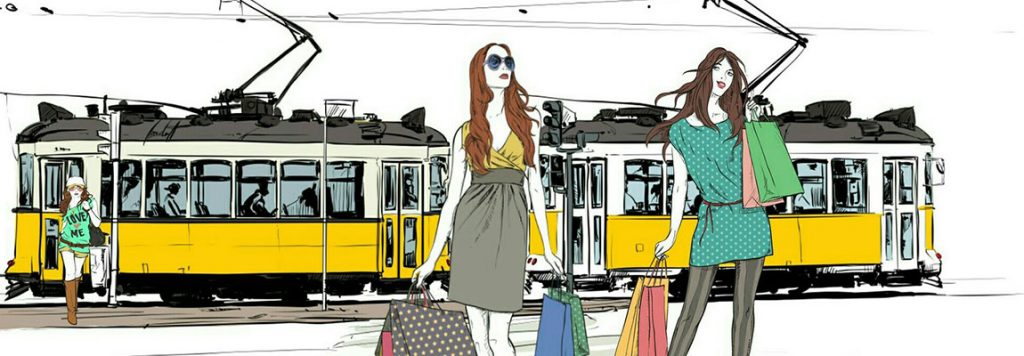Everyone wants to get their home designed for it to be functional and beautiful in minute detail. It is a human need that is inherent and important. A designed space takes into account all the functionality and makes it aesthetic too. One needs to keep in mind many things for all the areas of the home while designing it. Broadly a good Interior design has to be based on following elements, Space, Line, Form, light, Texture, Pattern, and Color.
Space
Space is the most important elements of interior design. The entire interior design is made around it. Space is divided into two types namely – Two Dimensional Spaces which covers the floor and Three Dimensional Spaces which forms the living. A space that is essentially filled with furniture items is an affirmative Space and an empty space is a downbeat Space. A visual balance must be maintained between the affirmative and downbeat spaces and either overcrowding or skimping on the furniture/décor items is going to affect this equilibrium.

Line
Lines create forms and establishing a sense of harmony, contrast, and unity in a living space. They are visual guides for an interior space. Lines are Horizontal, Vertical and Dynamic. Horizontal lines embellish furniture like tables, chairs, and beds, vertical lines are windows, doorways, and almirahs. While horizontal lines add a safe and secure feeling to the space, vertical lines make space expansive in nature. Dynamic or angular lines, add drama and motion can be seen on structures like stairs. A person designing makes use of these lines to define the forms.

Form
Shapes are forms, meaning any three dimensional. Forms must combine two or more shapes and must be enhanced with the help of other elements like texture, patterns, and colors. A good form creates harmony and additional forms compliment the space. There are manmade forms which are geometrical and forms existing in nature. Also, forms are categorized as open and closed; open forms are those that can be looked into and closed forms are those that are enclosed by a closed surface. A strong perception of the elements space and the line is required to get a good form.

Light
Light is either natural or man-made, without light other elements like color, texture and pattern have no importance. Mood and ambiance are set into a living space and highlight every other element Viz; space, line, and form. A wise placement of doors and windows will take care of the natural light, artificial lighting is divided into three major types namely – Task Lighting, Accent Lighting, and Mood Lighting. Task light as the name implies includes light sources like table and bed lamps which have a defined purpose, dedicated to a specific task. Accent lights are meant for enhancing a piece or show items like paintings, sculptures etc. Mood lighting sets the mood of the specific space and illuminates overall design.

Texture
Surface Texture determines how a surface looks and feels. It gives depth and creates an aesthetic element into space and characterizes the appearance and stability of a surface. Two types of textures are used in the design, a Visual Texture where it is only visible and real Texture which it is seen and felt. Textiles such as pillow cover, bedspreads or like drapes, wall paint or wallpapers have a texture. While there must be a prevailing texture to define a mood, a divergent texture will avoid monotony. Walls and ceilings can also have the visual texture which breaks repetitiousness.

Pattern
Patterns add value to interior design and it works with colors. Patterns add the elements of continuity and smooth transition in a living space. Patterns could be of any shape and mostly comprise of attractive and repetitive designs. They may take anything from nature like a droplet, a Kairi shape in India and many more; there are several patterned cloths and finishes which add importance to an Interior.

Color
Colors form an aesthetic connection other elements of design and establish mood. Colors are chosen according to the lifestyle of the client. Colors have a lot of psychological implications on psychology. Color has three characteristics, Hue, Value, and Intensity, various permutations and combinations are made by the designer taking into consideration various factors. Colors are Primary and Secondary colors and also sub-categorized into Tertiary, Complementary, Analogous and Monochromatic colors.







